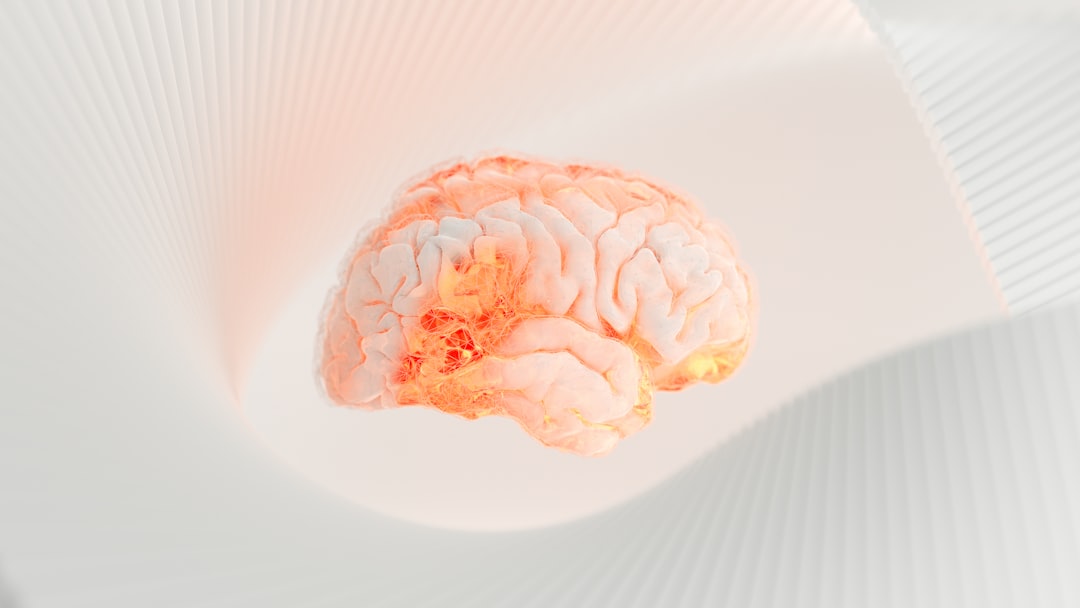What is it about?
Morphological alterations in vascular dementia have been extensively described in the hippocampus, the cerebral cortex, the subcortical centers and the cerebellum. In the present study, we describe the morphological alterations of the acoustic cortex in five cases, which fulfilled the clinical, neuropsychological and laboratory diagnostic criteria of vascular dementia. The morphological alterations, seen in Golgi technique and electron microscopy concerned the capillaries, the dendritic arborization of the neurons, the astrocytes and the cytoarchitecture of the cortex. The neurons showed an impressive abbreviation of the dendritic fields and loss of spines. Astrocytic proliferation was seen in the cortex. The layer I showed marked decline of Cajal–Retzius cells. The majority of the synapses demonstrated changes in size and shape of the pre- and postsynaptic components and alterations of the organelles. The morphological alterations of the acoustic cortex in vascular dementia may be associated with the impairment of the verbal communication, which is not an uncommon phenomenon even in the early stages of the vascular dementia.
Featured Image
Why is it important?
Marked decrease in spine density was noticed also in the dendrites of the granule cells of the layers II, and VI as well as of the small-sized pyramidal cells of the layers III and V. From the clinical point of view, it is evident that most of the criteria define vascular dementia as cognitive decline from a previously substantial level of memory and verbal communication, sometimes being severe enough to interfere with activities of daily living. Memory is basically related to an extensive neural net as well as verbal communication, which is depended on the integrity of neuronal networks in the acoustic cortex as well as Wernicke’s and Broca’s cortex, which may be affected relatively early, in cases of vascular dementia. The decrease of the number of dendritic spines due to hypoxic or ischemic injury associated with excitotoxicity may be one of the main causative factors of the memory disturbances in vascular dementia
Perspectives
Pathological alterations of the dendrtic spines were seen in the majority of neurons of the acoustic cortex. Impressive decrease of the density of Cajal–Retzius cells in layer I was a prominent phenomenon. The decrease of Cajal–Retzius cells and their synapses may be induced by hypoxia in cases of vascular dementia, since the hypothesis of cellular death has received recently, strong experimental support . It is known that although the number of those cells decreases rapidly during postnatal development , it remains rather stable after puberty when the volume of layer I becomes constant [29]. The persistence of Cajal–Retzius cells in the adult cerebral cortex supports the idea that they undergo developmental dilution rather than postnatal degeneration. In our cases of vascular dementia, the morphometric analysis of the acoustic cortex revealed that the decrease of Cajal– Retzius cells was more than 70% in comparison with normal controls.
Professor Stavros J Baloyannis or Balogiannis or Balojannis or Baloyiannis or Mpalogiannis
Aristotle University of Thessaloniki
Read the Original
This page is a summary of: The acoustic cortex in vascular dementia: a Golgi and electron microscope study, Journal of the Neurological Sciences, March 2005, Elsevier,
DOI: 10.1016/j.jns.2004.11.025.
You can read the full text:
Contributors
The following have contributed to this page










